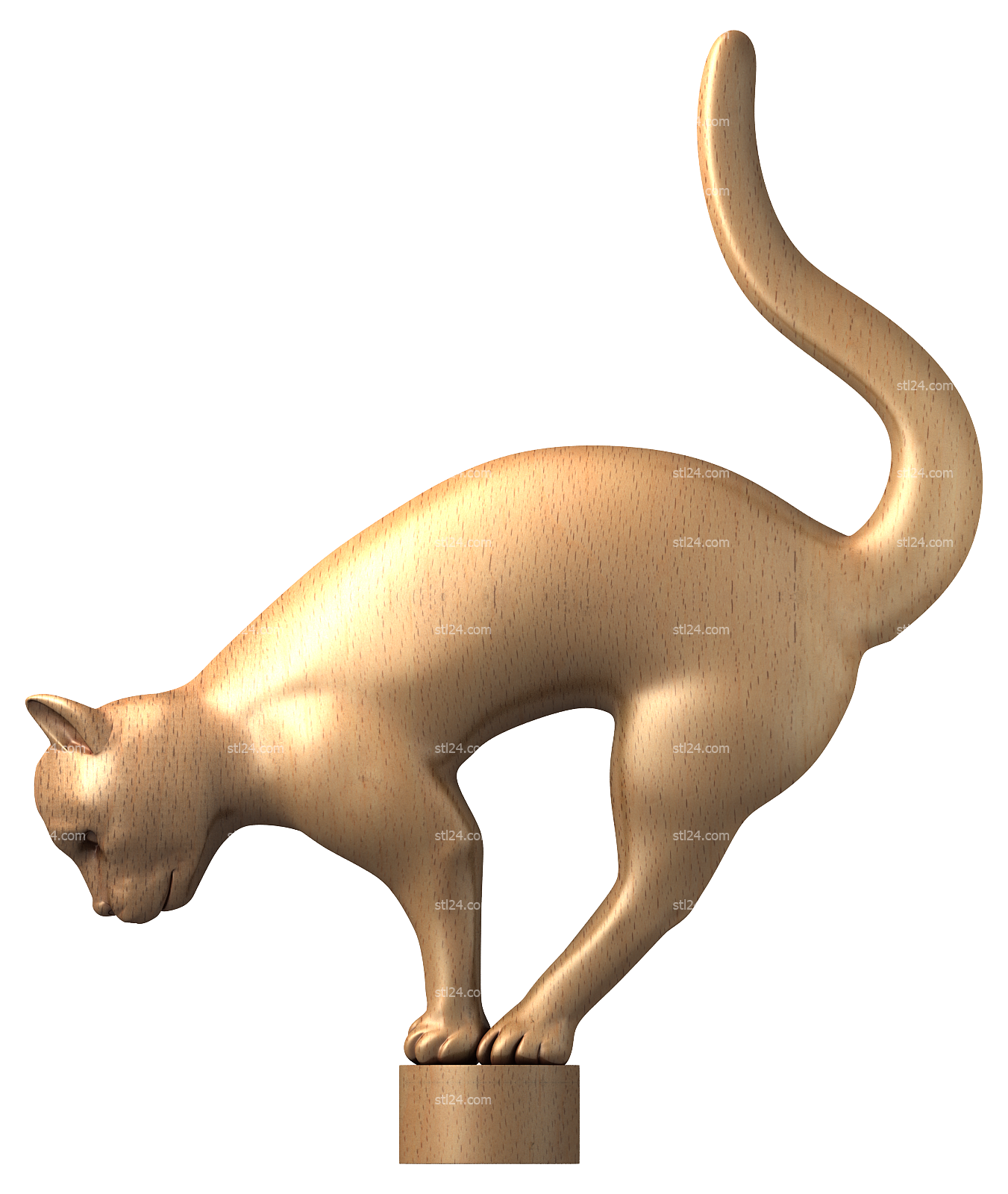
The technology of 3D printing - the layer-by-layer creation of an object based on a 3D model - has become widespread in the last ten years, no more. The market of 3D printers nowadays offers not only industrial copies, but also amateur, available for purchase and use at home. It is enough to purchase 3D models, which are created in special programs and can be used repeatedly as a template, adjusted for each specific case.
Today we will tell you more about 3D printers and 3D models for them.
The first 3D models in the world: the history of the emergence of 3D printing:
The technology of manufacturing three-dimensional physical objects - stereolithography - was patented by Charles Hull in 1984 in the United States. The main purpose of its creation was to produce experimental samples, prototypes, master models in heavy and military industry
Gradually, new printing technologies and printers appeared and became available for household use. Today, many families buy mini-3D printers at affordable prices (up to 20,000 rubles) for school children. Those create on them models of buildings, bicycle parts, reduced copies of human organs, models of cars and airplanes. Also popular 3d printer in the environment of designers, decorators, architects.
What are printed from? Raw materials for products:
The list of materials used for printing on 3D printers is quite wide. It can be plastic, paper, wood fibers, gypsum, silicone, acrylic, hydrogel, polymer and stone chips, concrete and metal.
Modern printers can create models with high resolution and reproduce up to 6 million shades!
Types of 3D printing on 3D printers:
- The most common type of 3D printing - stereolithography - layer-by-layer build-up of polymers, when plastic filament ends up in the printer's print head, spreads, hardens, layer by layer forming a three-dimensional model.
- Another type of printing is selective laser sintering of powders. A rotating shaft delivers powder to the printer, where it is distributed over the surface to be printed.
- Yet another method: powder bonding.
- Starch-cellulose powder and a water-based adhesive interact in the printer head. The strength of the product is given by liquid wax poured into the resulting voids.
- Inkjet modeling - this type of printing allows you to create hard and soft products. The process consists in the application of supporting and modeling material with subsequent photopolymerization and mechanical alignment.
- Laminating - making models by gluing thin layers of material under heat and pressure. With the help of laser or cutting tool the necessary contours are created on each layer.
Dimensions of finished products:
The scale of the 3D products created is limited by the size of the printer's work surface. The world's largest printers are used to print cars and even houses. Smaller items can be made at home, from buttons, rivets, needlework hooks, hardware repair parts to souvenirs, household items like containers, cup holders, photo frames, door signs, business card holders, and jewelry boxes.
Production speed:
There are three speed settings for 3D printers:
- 40 to 50 mm/s,
- 80 to 100 mm/s,
- around 150 mm/s.
Even on the low speed setting at home, you can print a small product in an hour and a half. Expensive industrial printers print two-story houses in as little as a day.
Benefits of 3D printing:
3D printing is used in various sectors of human activity due to such advantages as:
- Customization of production: with sufficient knowledge of 3D modeling, exclusive models can be created.
- Quick verification and adjustment of product design.
- Cheapness of small series due to modern materials and minimal investment of resources. It is possible to quickly make a failed spare part.
- Waste-free production, economical consumption of materials: all leftovers automatically enter the next printing cycle.
Spheres of application of 3D printing:
- Household items and small-scale production (toys, tableware, decorative elements, furniture fittings, souvenir and jewelry products).
- Architecture, design, movie business, education (creation of models and mockups, for example, of James Bond's car in the latest movie; mockups of human organs or DNA structure).
- Military industry, robotics (creating prototypes and even weapons).
- Automotive, aeromodeling (printing parts, blocks and then gluing them together or making whole pieces on large industrial printers).
- Art (creation of decorations and sculptures)
- Medicine (printing prostheses, implants and even organs from stem cells).
Where to get 3D models for 3D printer?
3D modeling - a promising direction, which is developing by leaps and bounds and will soon enter every home. Today you can already use the services of companies specializing in the creation of 3D models, buy from them templates and create unique gifts, souvenirs and models at home.
On our site there is a huge range of ready-made 3D models, as well as there is an opportunity to make any model you need to order. In comments specify that the product will be printed on a 3D printer and we will prepare a model for the technical requirements of your device.











